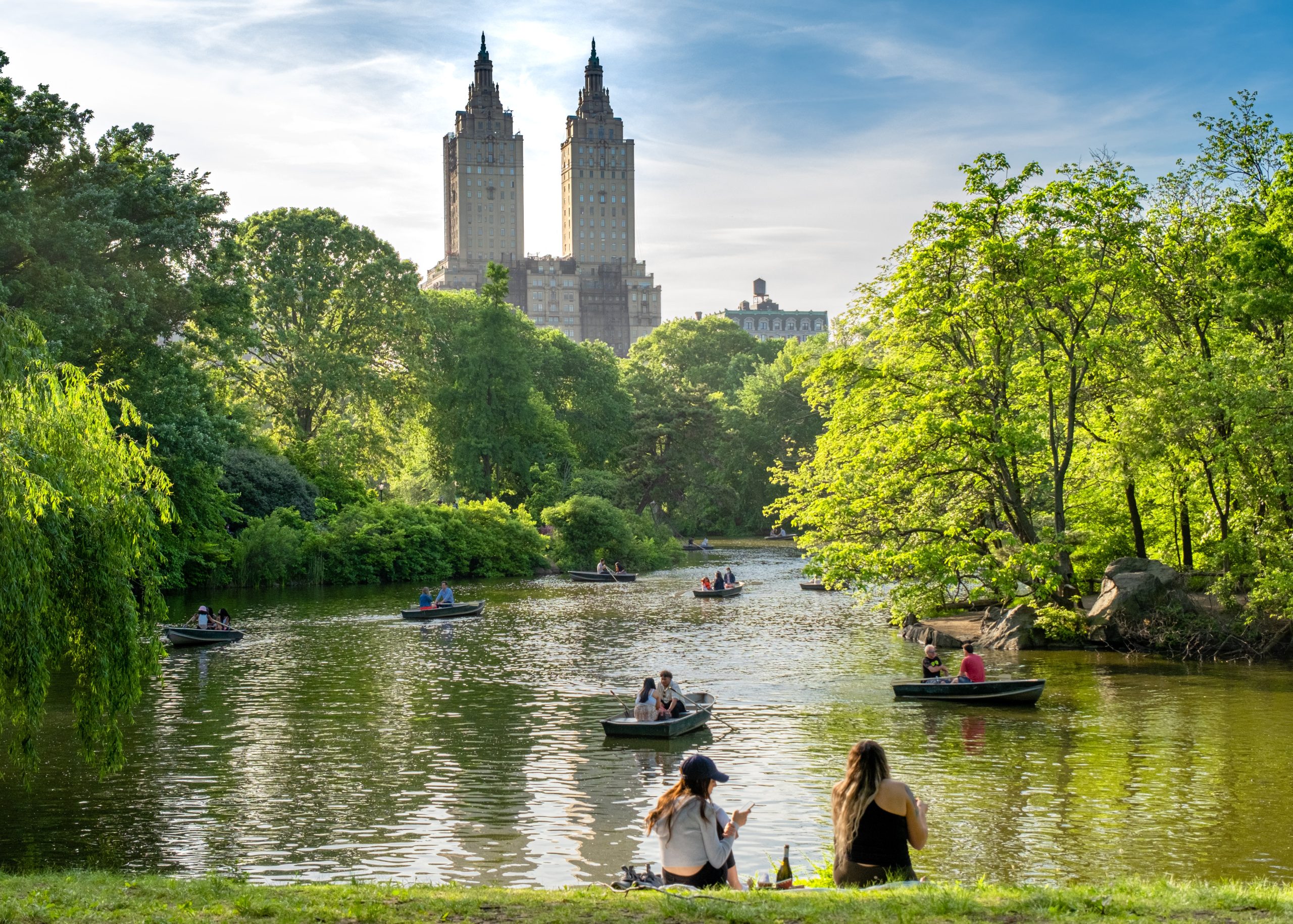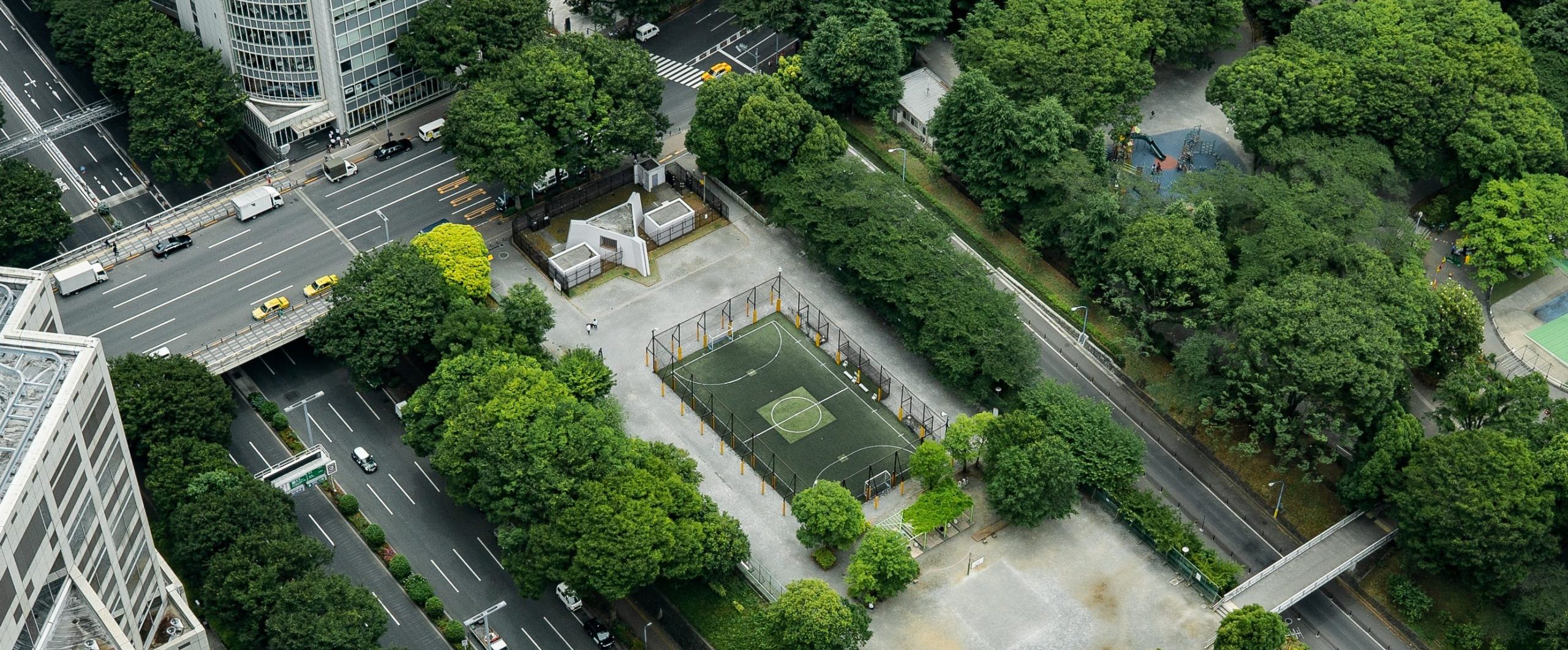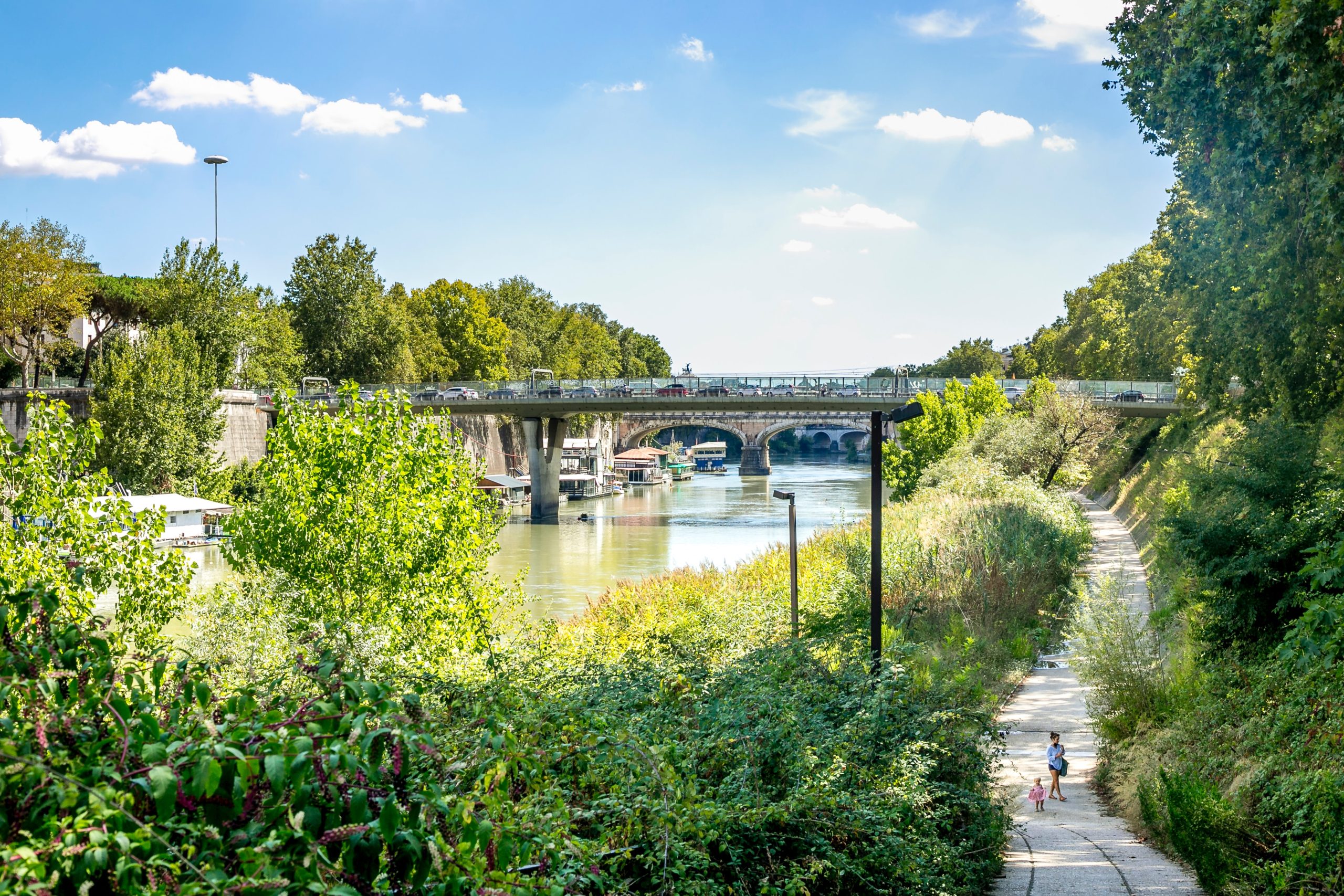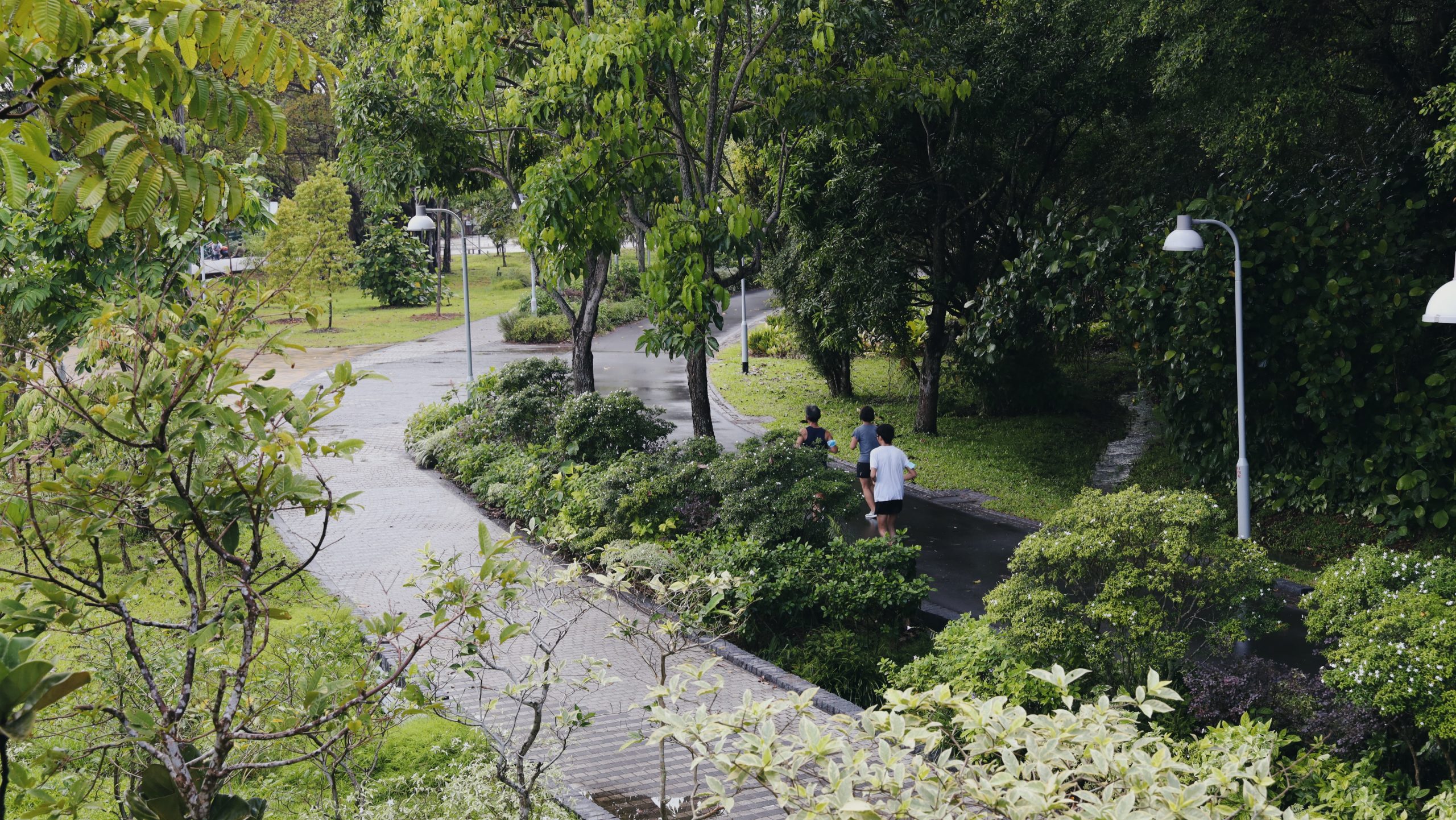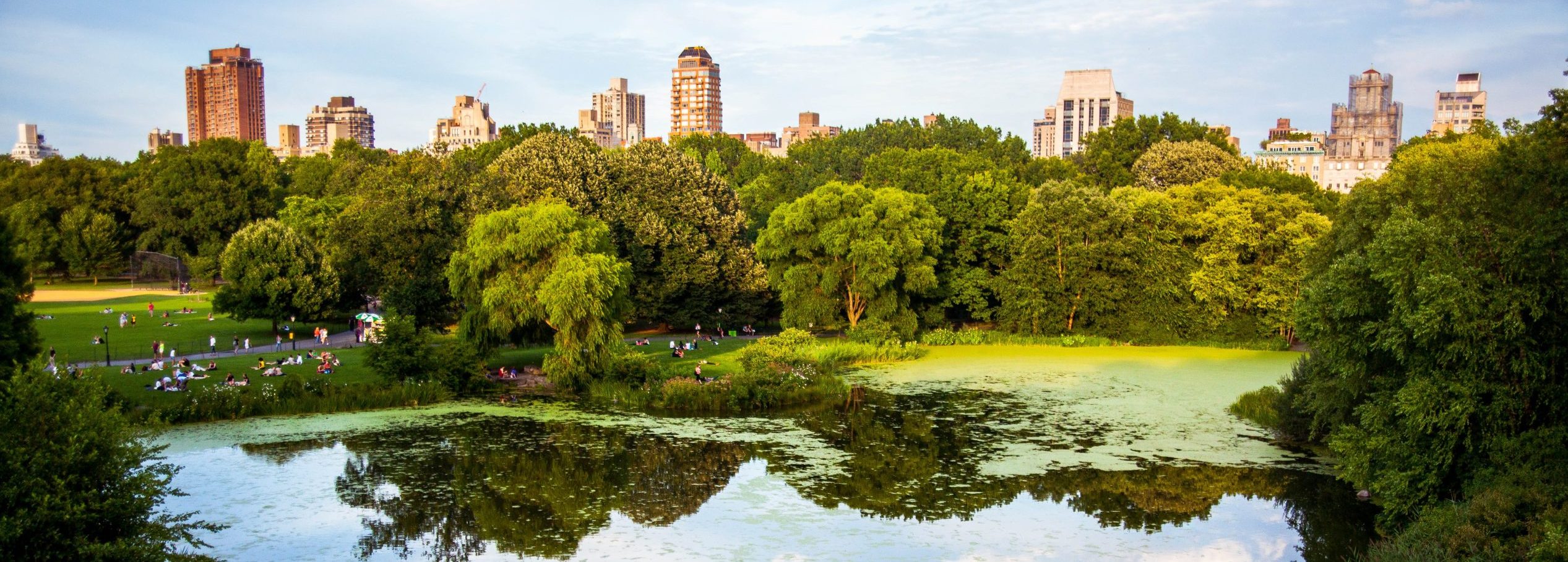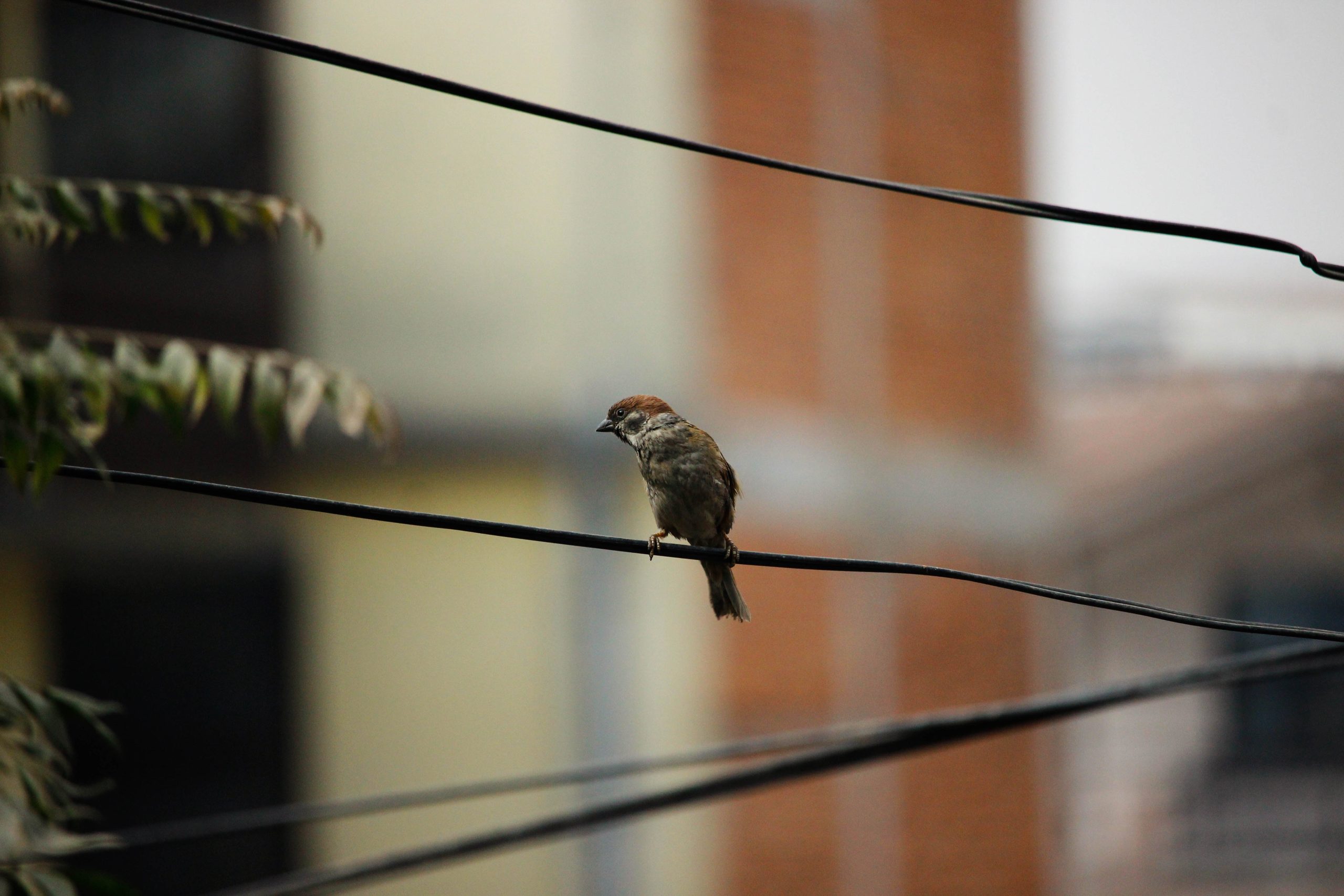Special Resources
Image credits: Shutterstock
Special resources are components of an ecosystem that can provide disproportionate benefits to wildlife.
Special resources can help animals meet their needs for food, shelter, or water during all or part of the year. For example, large trees and well-designed urban water bodies serve as hubs for local biodiversity. Trees with cavities for nesting birds and woody debris piles for reptiles and insects, which are typically removed in urban environments, can support specialists and increase biodiversity in otherwise resource-limited areas. Artificial structures such as nest boxes and bat caves can provide critical features in small spaces.
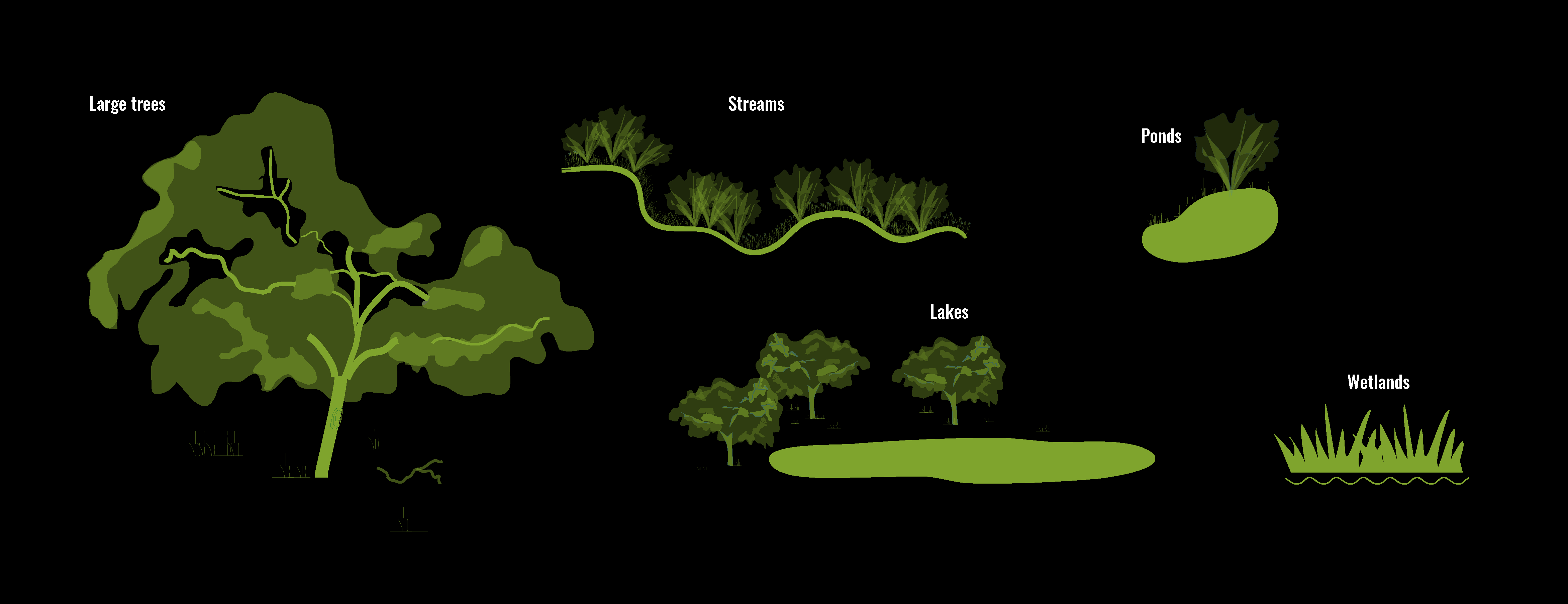
Relevant Planning and Design Strategies
The Urban Biodiversity Framework identifies seven key landscape elements that, when integrated together into urban design and planning, have the greatest chance of supporting the greatest number of species. Each element is related to various strategies from the urban planning, site design, and detailed design chapters.
- All Strategies
- Urban Planning
- Site Design
- Detailed Design

